In this article you will read:
National System for Registration and Protection of Patent (Part I)
1. Introduction
One of the most important forms of intellectual property rights is patent, which is widely used in international trade and investment. Given the growing importance of patents in the domestic and international arena, this section tries to express the most important practical points related to the registration and protection of these rights under the national system.
“An invention is the outcome of an individual(s)’ mind that produces a certain product or a process for the first time and provides for a solution to a specific problem in a certain line of specialty, technique, technology, industry and the like.”(Article 1 “Patents, Industrial Designs and Trademarks Registration Act”2008 hereinafter Act)
If the applicant intends to use the patent in Iran, he must register it in accordance with the provisions of the above Act and its regulations.
The national system of patent protection, which examined below, considers a case in which an applicant, without using the provisions of the Paris Convention (right of priority) or the Patent Cooperation Treaty (registration of an international patent), has decided to register his patent in Iran based on current patent laws and regulations.
In this section, the substantive and formal conditions of patent protection based on the Patent Law and its executive regulations are examined and a few important rules in this regard are explained.
2. Substantive Conditions of Registration & Protection of Invention
Substantive conditions required for patent registration & protection are as follows:
You might also be interested in :
2-1. The Invention Must be New; (Novelty)
What is foreseen in the previous art or industry is not covered by patent law and cannot be registered or protected.
“An invention shall be patentable if it includes innovation, and is industrially applicable. An innovation includes anything that has not been anticipated by the prior art and would not be obvious to a person having ordinary.” (Article 2 of the Act)
It is important to note that the date of determination for the disclosure and use or non-disclosure is the date of filing of the declaration, which in the case of declarations containing the right of priority referred to in the Paris Convention, up to 12 months before the date of filing with the national registration authority; Therefore, whenever an applicant has registered a patent in one of the member states of the Paris Union, he will be able to apply for registration in other member states, including Iran, within 12 months from the said date.

Pursuant to paragraph (e) of Article (4) of the Act, the legislature has chosen the criterion of absolute novelty or non-disclosure of an invention anywhere in the world for the attainment of novelty; Therefore, if the inventive phenomenon is disclosed outside of Iran under a national, regional or international declaration, the owner must submit the declaration within the prescribed time limits (as the case may be under the Paris Convention or the PCT) in Iran;
“Prior art is everything disclosed to the public, anywhere in the world, through written or oral publication, by practical use or in any other way, prior to the filing or, where appropriate, the priority date, of the application claiming the invention. Disclosure to the public of the invention shall not prevent the grant of the patent, if it has occurred within six months before the filing date or, where appropriate, before the priority date of the application.” (Paragraph (e) of Article (4) of the Act).
2-2. The Invention Must be Innovative
According to Article 2 of the Act “An invention shall be patentable if it includes an innovation, and is industrially applicable. An innovation includes anything that has not been anticipated by the prior art and would not be obvious to a person having ordinary skills in the art.”
Regarding the difference between being “innovative” and “novelty”, it must be said that an invention may be new but not innovative, therefore despite being new to the former industry, the invention may be obvious for someone with normal skills in the stated art to achieve it.
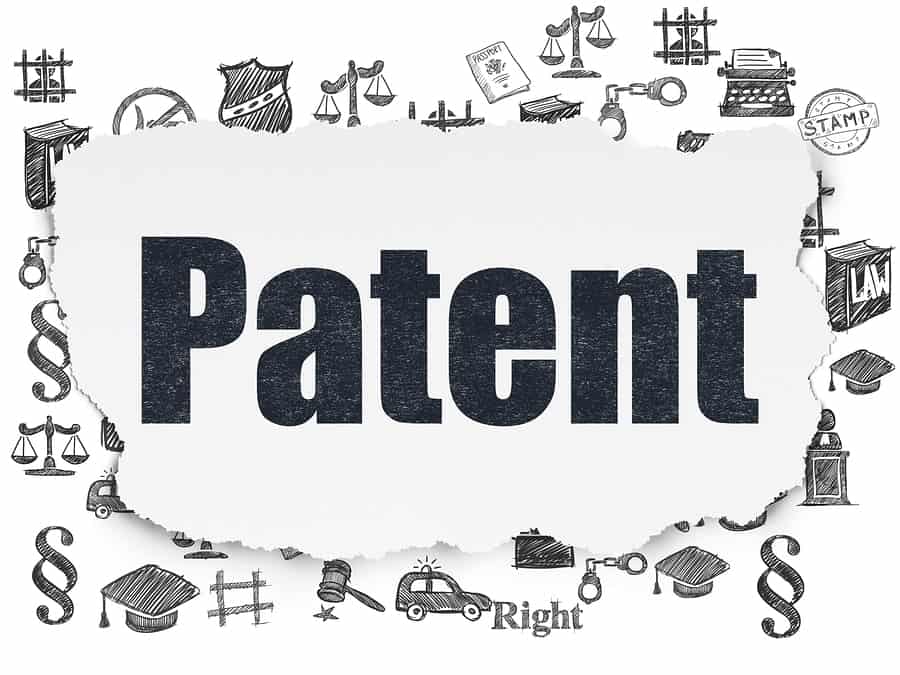
2-3. The Invention Must be Industrially Applicable
Industrial applicability means the possibility of special exploitation according to the characteristics of the invention, in any of the industrial fields (handicrafts, fishing, agriculture, services, etc.)
“…An invention shall be considered industrially applicable if it may be made or used in a given line of industry. “Industry” may be construed in the broadest meaning of the word and shall include handicrafts, agriculture, fishery and services as well.” (Article 2 of the Act)
In addition to the above conditions, the inventive phenomenon for which the application for registration is submitted must also lack a set of factors. In the presence of negative conditions, the invention will not be registrable even if it comprises novelty, an innovative step, and even industrial applicability.
According to Article 4 of the Act:
“The following shall be excluded from the scope of the protection of a patent:
a) Discoveries, scientific theories, mathematical methods and works of art;
b) Schemes, rules or methods for doing business, performing mental or social acts;
c) Methods for treatment or diagnosis of human or animal diseases; this subsection shall not include products falling within the scope of definition of the patent and those used in the said methods.
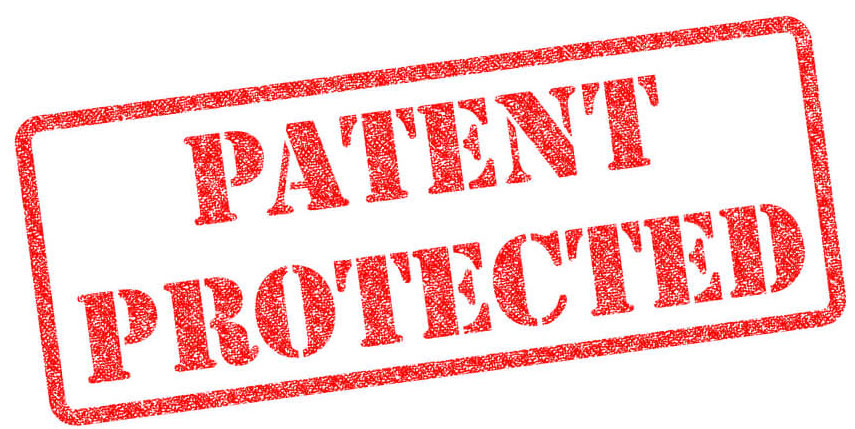
d) Genetic resources and genetic components comprising the same, as well as biological processes for the production of the same.
e) Anything that has been already anticipated in industries and techniques. Prior art is everything disclosed to the public, anywhere in the world, through written or oral publication, by practical use or in any other way, prior to the filing or, where appropriate, the priority date, of the application claiming the invention. Disclosure to the public of the invention shall not prevent the grant of the patent, if it has occurred within six months before the filing date or, where appropriate, before the priority date of the application.
f) Those inventions the commercial exploitation of which would be contrary to Sharia Rules, public order or morality shall not be patentable.
3. Ownership of the Patent
Based on Article 5 of the Act:
“Naming the inventor in the Letters Patent and the right to Patent shall be as follows:
a) The right to a patent shall exclusively belong to the inventor.
b) If two or more persons have jointly made an invention, the right to the patent shall belong to them jointly.
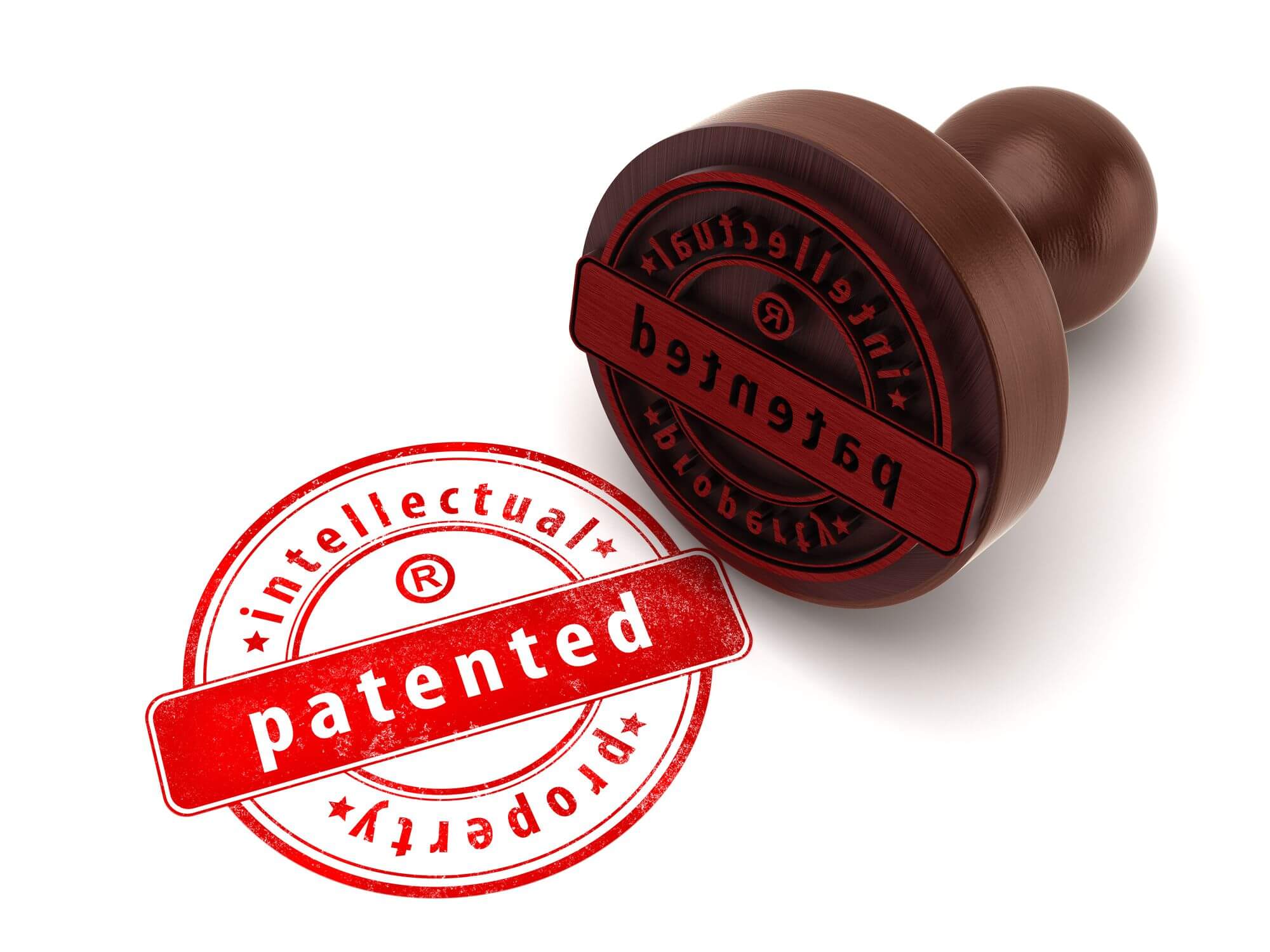
c) Where two or more persons have made the same invention independently of each other, the person whose application has been filed earlier or, if priority is claimed, the person who can prove that he has validly filed his application earlier than other(s), shall have the right to register his invention provided that his application has not been withdrawn, abandoned or rejected.d) The right to a granted patent may be assigned and in case of death of the person holding the right, it shall be transferred to his/her heirs.
e) Where an invention has been made in execution of an employment contract, the economic rights to the patent shall belong to the employer unless otherwise provided for in the respective contractual agreement.
f) The inventor’s name shall be indicated in the Letters Patent, unless in a written declaration addressed to the Industrial Property Office, he/she indicates that he/she does not wish his/her name to be reflected therein. Any kind of statement or undertaking presented by the inventor to the effect that someone else’s name shall be indicated as the inventor shall have no legal effect.
Our team is composed of highly skilled and versatile lawyers who combine practical experience and academic knowledge of their field. Most of our practitioners have worked in different professional environments, often outside their home jurisdiction.
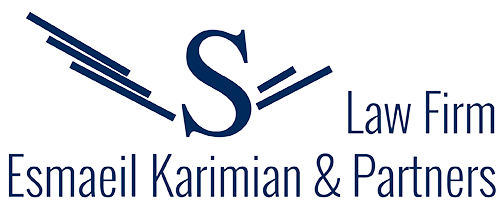

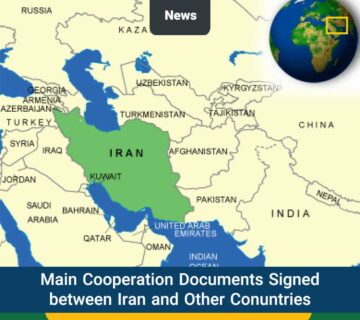
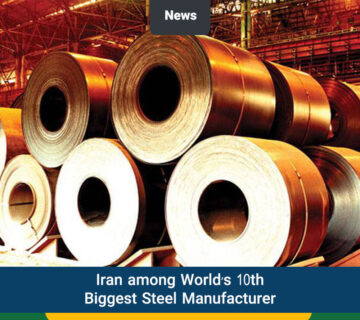

No comment